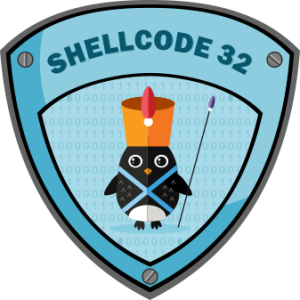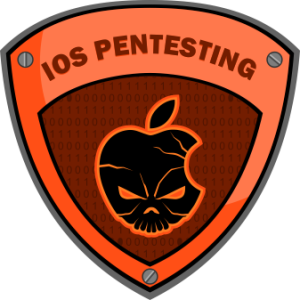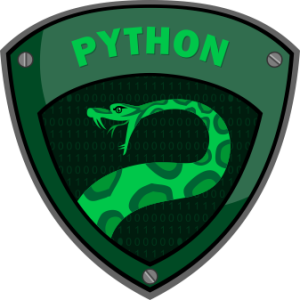
A non-exhaustive set of topics covered include:
- Pentesting Routers
- Attacking SSH with Metasploit, Nmap, Medusa, Hydra, Ncrack
- SNMP attacks
- Bypassing Firewalls
- Payloads and Shells
- HTTP/HTTPS tunneling
- Port Forwaring, Pivoting, Reverse Connects
- Privilege Escalation and UAC bypass
- Hash Dumping and Mimikatz
- Windows Sessions, Stations and Desktops
- Impersonation attacks
- WMIC post exploitation
- Hidden bind shells
- Bitsadmin
- Browser Password Recovery
- PAC Attacks
- DNS Poisoning
- Veil Framework and AV Evasion
- Metasploit Loader 32/64-bit
- DLL Hijacking basics
- DLL Hijacking and Meterpreter
- Privilege Escalation via DLL Hijacking
- DLL Injection using Appinit_DLLs
- Stripping Manifest Files for DLL Hijacking
- Attacking with DLL Forwarding
- Anti-Forensics techniques
- Memory Dumping and Analysis
- … ton of other interesting topics





 This course will cover the basics of using GDB on Linux – x86, x86_64 and ARM based platforms.
This course will cover the basics of using GDB on Linux – x86, x86_64 and ARM based platforms.

